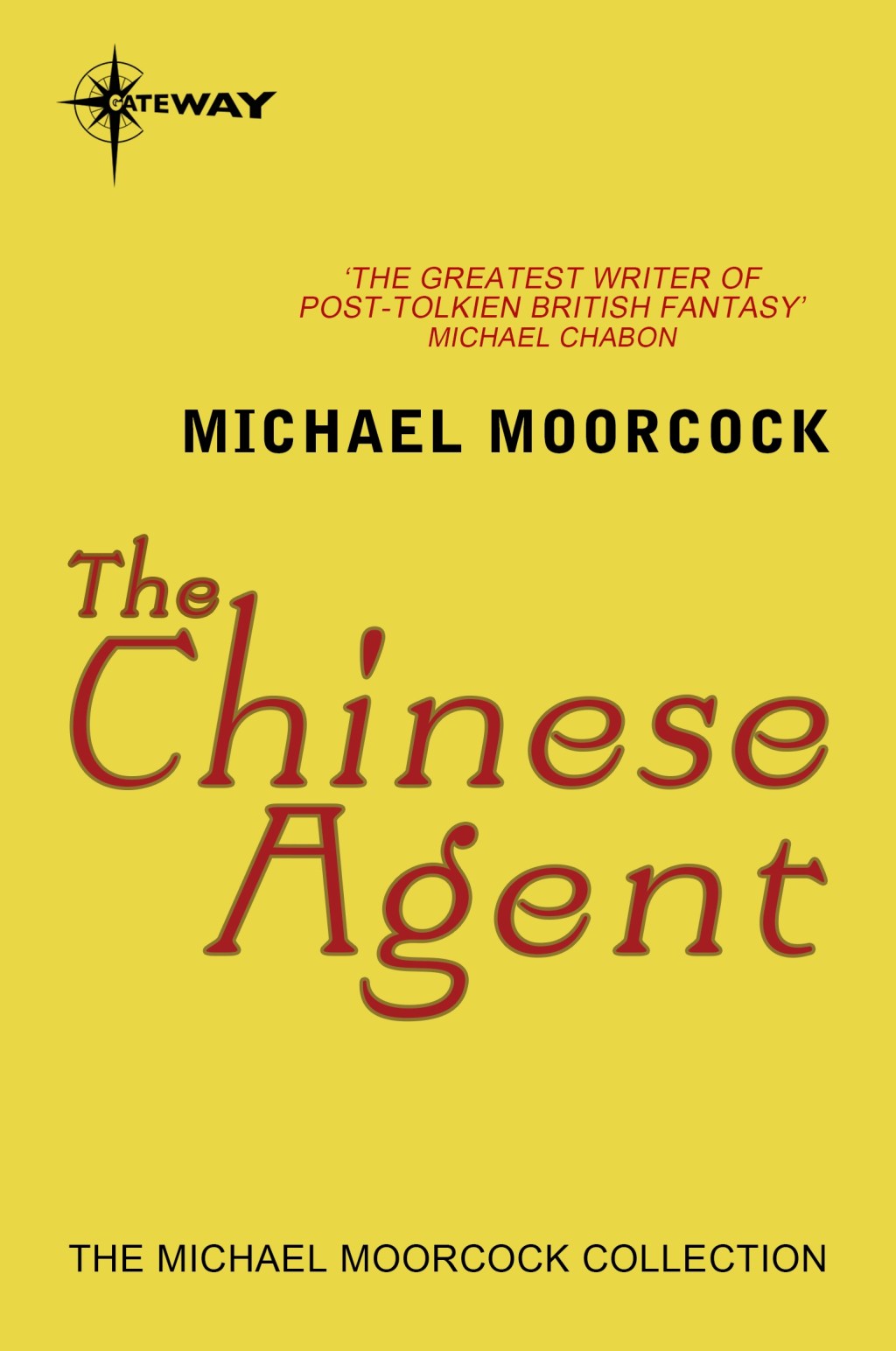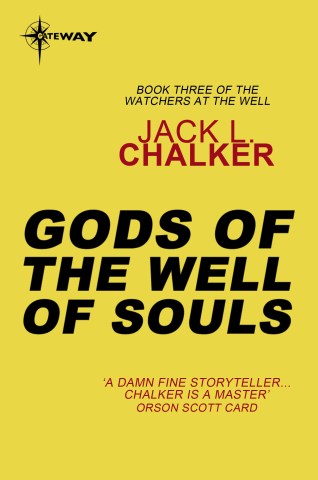The magic of long exposure photography

‘Embracing the future as present joins past.’ It’s a phrase that summarises the notion of long exposure photography.
 3.2-second exposure at ƒ/22 and ISO 100.
3.2-second exposure at ƒ/22 and ISO 100.
Imagine standing in the gathering twilight on a beach, photographing the surf. With exposures around five seconds long, they will be just long enough to transform the movement of the waves into delicate whispers in the resulting photographs.
Long-exposure photography is about the magic of being able to capture the passage of time in a single image: compressing a period of time into a two-dimensional image, creating something that the human eye could never witness on its own.
How long is a long exposure anyway?
Long is, of course, a vague term at best, and to a certain extent it depends on what sort of light you are working in. A one-second exposure in broad daylight would probably result in a blank white image, even if you are using the smallest aperture and lowest ISO setting, so that exposure would—technically—be way too long. Conversely, many cameras offer a maximum exposure time of 30 seconds, which suggests that must be a very long exposure time. There is, however, a means to creating extremely long exposures, available on most cameras. Exposures that allow you to capture ethereal images that resemble daylight, but shot at night.
 380-second exposure at ƒ/10 and ISO 100
380-second exposure at ƒ/10 and ISO 100
The Bulb setting
These extremely long exposures are the result of the mysterious ‘B’ setting on a camera’s mode wheel. ‘B’ stands for ‘bulb’ and it allows you to manually hold the shutter open for as long as you like. In fact, there’s really no limit to how long you can expose a photograph for—the only limiting factors (aside from the amount of light you’re shooting in) are going to be your patience and the life in your camera’s battery.
However, successful extreme long-exposure photography takes time to master. There will be a lot of guesswork, boredom while waiting, frozen fingers, and foul moods before you start producing awesome photographs of surreal landscapes bathed in eerily bright moonlight or starlight.
 240-second exposure at ƒ/18 and ISO 100.
240-second exposure at ƒ/18 and ISO 100.
Long exposure tips
- Set your camera up on a sturdy tripod and weigh it down if it’s windy.
- Use a remote release with a lock—pushing the shutter-release button manually and holding it down for the count will result in camera shake.
- Aim to use the lowest ISO setting you can get away with.
- An exposure time of 15 minutes or more is rarely necessary, unless you’re shooting star trails. Noise may start to appear with very long exposures, despite a low ISO setting, and the wait will become very tedious. Exposure times of 2–12 minutes are a good target to aim for.
- Be prepared to experiment with the aperture and exposure time. Even if you think you’re dealing with similar conditions to previous attempts, your eyes are probably going to be surprisingly bad at judging light conditions precisely.
- Rather than start out with a really, really long exposure, do some test shots with your aperture wide open. Then move on to longer attempts at gradually smaller aperture settings. Short, failed tests are far less frustrating than lengthy ones!
- Take a flashlight! You’ll quickly find out why if you try to focus in the dark without one. Spending ten minutes waiting for a shot and having it turn out perfectly exposed, but completely out of focus, is profoundly disappointing.
- Shoot Raw. This is something you should always do, regardless of the subject, but it is easier to remove noise from a Raw file during postproduction (and long exposures are likely to contain some degree of noise).
In Moodscapes Rebekka Guðleifsdóttir shares her unique approach to capturing breath-taking fine-art landscape shots. Her work has caught the eye of editors the world over, leading her to be named Web’s Top Photographer by the Wall Street Journal, and here she reveals the techniques that will make your landscape photography stand out from the crowd and win a place on a gallery wall.
 Moodscapes
Moodscapes
Rebekka Guðleifsdóttir
RRP £9.99
Buy it now!

